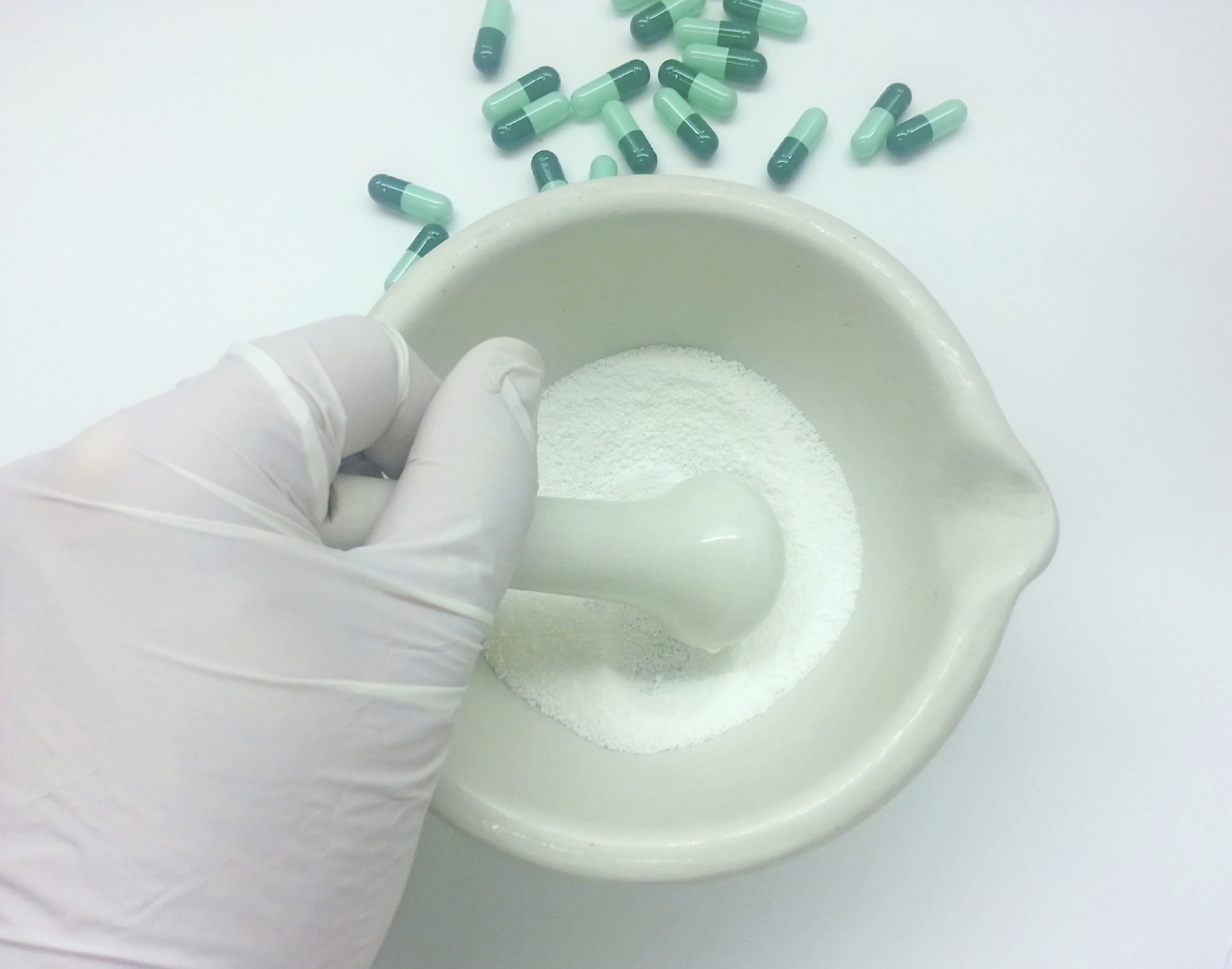On Monday, the FDA revised the “Current Good Manufacturing Practice—Guidance for Human Drug Compounding Outsourcing Facilities Under Section 503B of the FD&C Act Guidance” (here). The initial draft guidance issued in 2014.
According to the Federal Register Notice that announced the guidance revision (here), the FDA notes that “[t]his revised draft guidance reflects the FDA’s intent to recognize the differences between outsourcing facilities and conventional drug manufacturers and to tailor CGMP requirements to the nature of the specific compounding operations conducted by outsourcing facilities while maintaining the minimum standards necessary to protect patients from the risks of contaminated or otherwise substandard drug products.” The FR Notice also provides additional background on its thinking in making the revisions to the draft guidance.
The FDA received twenty-six comments on the guidance and has revised this version based on those comments and/or on the Agency’s own initiative. Many of the comments addressed the fact that the original guidance concentrated almost exclusively on sterile products and the commenters asked for the Agency to better define how the guidance related to non-sterile products. In addition, the FDA better outlines its views on in-use expiration dating and beyond-use dating. Also, “this revised draft contains revisions to the conditions under which the Agency generally would not intend to take regulatory action regarding the requirement to test the finished product before release (see § 211.165 (21 CFR 211.165)). These revisions make a broader range of production volumes eligible for the relevant enforcement policy, which we believe would encourage additional compounders to register as outsourcing facilities.”
Other areas further outlined in the guidance include:
- Quality Assurance activities outsources must have
- Facility design
- Control Systems and Procedures for Maintaining Suitable Facilities
- Environmental and Personnel Monitoring
- Containers and Closures
- Equipment
- Components
- Production and Process Controls
- Release Testing
- Laboratory Controls (and requirements for this if a contract lab is used)
- Stability/Expiration Dating
- Packaging and Labels
- Reserve Samples
I am sure this all sounds very familiar, and upon reading the draft revised guidance document, 503B compounders should recognize that it is very comprehensive and pay particular attention to where the FDA has designed flexibility into the system and they must fully understand the FDA’s position on when it may not take regulatory action and under what circumstances. Firms should document their compliance with these requirements and read the document carefully as you have seen or experienced the FDA’s rather rigorous compliance posture for compounders in general.
There are two comprehensive appendices; Appendix A, CONDITIONS UNDER WHICH FDA GENERALLY DOES NOT INTEND TO TAKE REGULATORY ACTION REGARDING CERTAIN RELEASE TESTING REQUIREMENTS and Appendix B, CONDITIONS UNDER WHICH FDA GENERALLY DOES NOT INTEND TO TAKE REGULATORY ACTION REGARDING STABILITY TESTING AND EXPIRATION DATE REQUIREMENTS. Please review both carefully in the context of the entire document.




